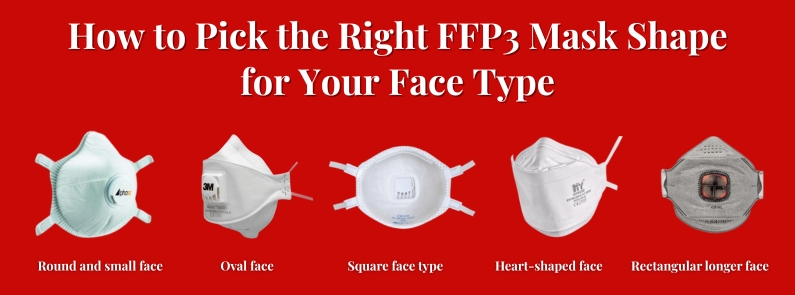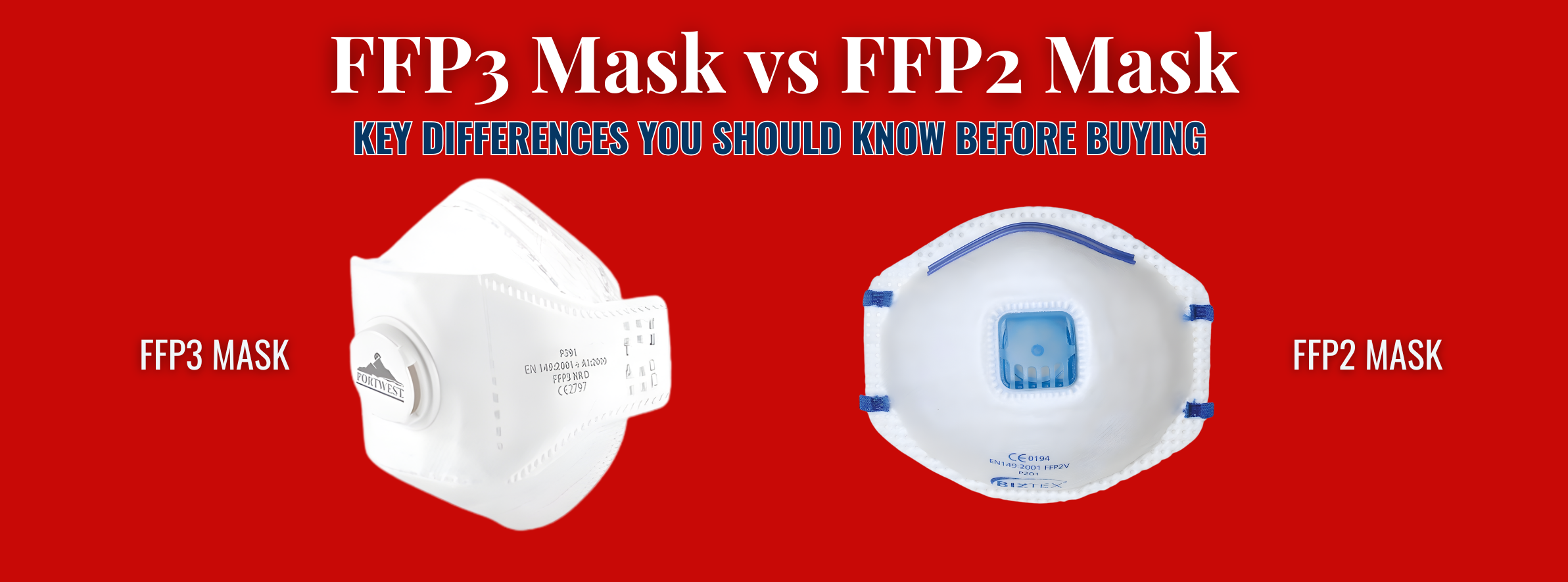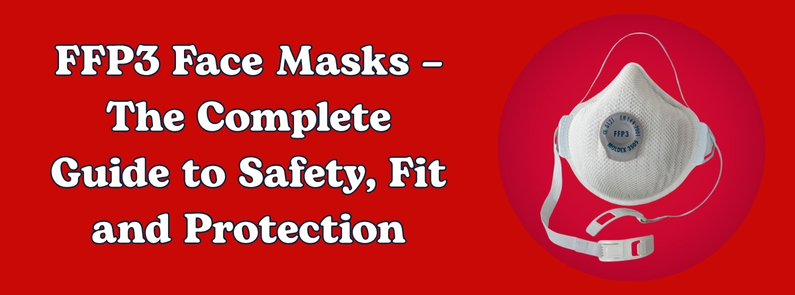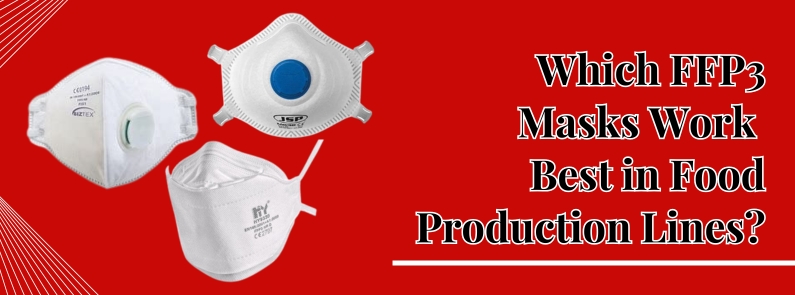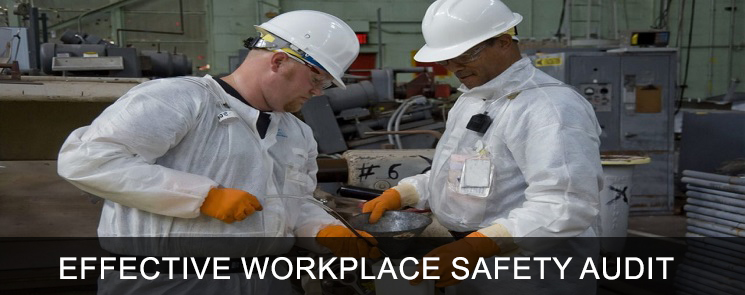
Whether you are operating a restaurant or working with a team on a manufacturing site, there is an extensive range of responsibilities and duties that you must not ignore. Of course, a workplace, irrespective of its nature, can be quite busy with buzzing activities and movement.
And, it is quite essential that you re aware of the safety laws and guidelines to keep the place secured and your employees safe. Unfortunately, thousands of injuries occur at the workplace each day. However, a lot of them can be easily avoided by following certain guidelines, including providing adequate equipment such as disposable dust mask and more.
However, if you wish to take an extra step towards workplace safety, start off with conducting a workplace safety audits and checks. This audit can help discover problems and correct them before an accident can happen.
Let’s find out how you can conduct an effective workplace safety audit in a simple and hassle-free way.
Inspecting the Environment:
While walking around the workplace, one of the first things to do is to scrutinize the overall work environment. The intention behind this inspection should be to get a comprehensive overview of whether any structural changes need to be done to prevent accidents.
Also, during this inspection, every area of the workplace should be checked to detect potential issues and risks, including storage room, parking lot, bathroom, etc. If the workplace is vast, you can get a map of the area to outline where to begin and end.
Making a List of Tasks:
Once you are done with scrutinizing the general environment, next comes supervising every area. You can also get in touch with the area or floor manager. Get a list of all the activities that take place in all these areas and then examine the processes followed.
Now, physically examine the area, including every switchboard, buttons, electrical wiring, water pipes, equipment, machinery and others. Make sure everything is working fine. If not, keep checking the items in the list so that you get to know what needs to be worked upon.
Find out Hazards and Risks:
Next, you must get an accurate assessment of the everyday hazards of the workplace. Along with a professional evaluation, you can also take a survey to allow employees a chance so that they can air their concerns anonymously.
After all, it is essential to get opinions from your employees since they are working in this condition. This way, you may even get such insights that you could have missed otherwise. Also, during these assessments, make sure that you write down hazards under different categories, such as the ones related to infrastructure, equipment-related, environmental risks, etc.
Prepare a Concise Report:
After the inspection is over, then you must create a clear, concise audit report. The details and length of the report should mainly depend upon the factors, including the subject of the audit, the scope of the audit and the suggested reworks.
Include every possible detail, from the details of the dust mask that employees are using to how old machinery is. However, make sure that your recommendations and findings are on-point as well as straightforward. You can break down the areas and create pointers so that action points, including, rework or making additional purchases like asbestos bags, can be implemented seamlessly.
Taking the Executive Step:
Once the corrective measures have been finalized, the last step would be to execute the decisions. You can also start adding to the existing on-going improvement process. Prioritize the decisions so that what is important can immediately be set in place for the safety of workers. Don’t forget to put a deadline on the tasks that are assigned to others for implementation.
Take a Step Towards Smoother Workplace:
Summing it up, these aforementioned steps can work well in the long-term when it comes to making sure that the working environment is safe for all your employees. If you want, you can also hire a team of safety professionals to conduct this audit for you.
Irrespective of the method you choose, your ultimate goal should be to assess the entire workplace and uncover danger, from all angles so that risks can be minimized and accidents can be avoided.

